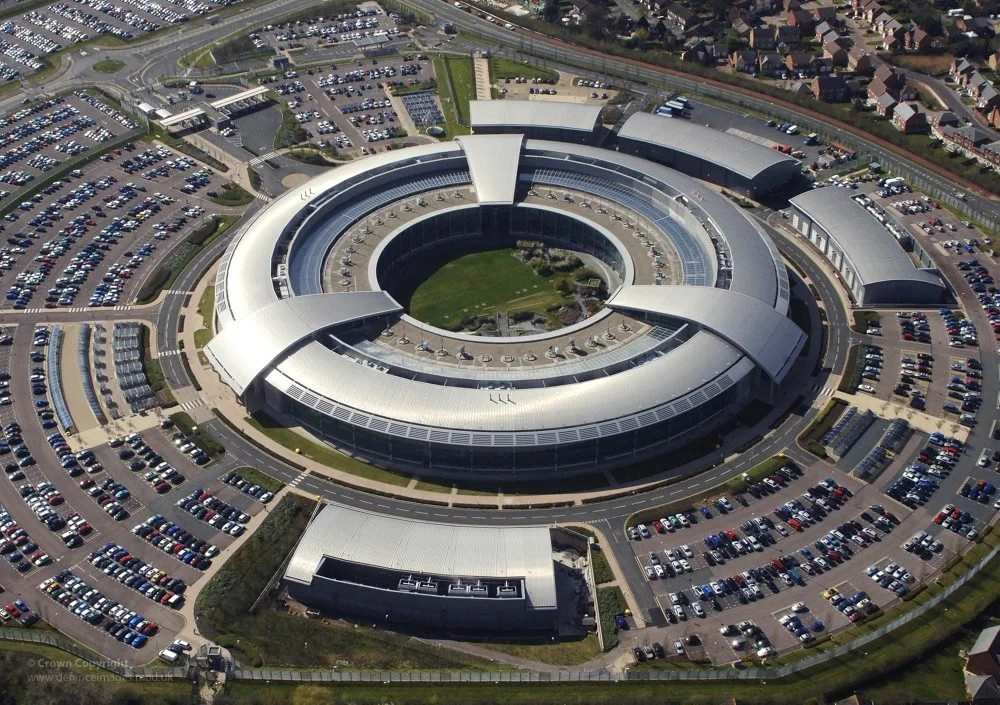The Hidden Figures of Colossus - 80th Anniversary Exhibition
Unveiling the Untold Stories of the World’s First Electronic, Digital Computers
The Hidden Figures of Colossus - 80th Anniversary Exhibition opened on the 9th of November 2024 and will run until December 2025. The exhibition invites visitors to discover the personal stories of the General Post Office (GPO) engineers who brought Colossus to life. This new installation reveals exclusive, never-before-seen transcripts from interviews with the wartime creators of Colossus, offering a fresh perspective on the groundbreaking machine that helped end World War II.
Uncover the remarkable, lesser-known history behind the world’s first electronic digital computers through design plans, original equipment pieces, and artifacts used by the engineers who shaped it. Featured interviews, recorded by Prof. Brian Randell and given new life using AI text-to-speech software, showcase rare insights from Colossus’ chief designer Tommy Flowers and his team, providing a human look at the sacrifice, secrecy, and innovation required to accomplish the impossible.
Features include:
-
Inspired by the thyratron diagram at the heart of the exhibition, artist Karc was commissioned to create a mural interpreting the circuitry of Colossus in an innovative manner.
-
Engage with interactive stations that bring Professor Brian Randell’s transcripts to life. Listen to audio clips of interviews that illuminate the journey from design to decryption. This exhibit brings to light the voices of Colossus’ creators, including unreleased transcripts from interviews with Tommy Flowers and his team. Their stories, told in their own words, reveal the extraordinary problem-solving, teamwork, and dedication that defined their work.
-
See original circuitry sketches, pieces of Colossus from the 1940s, and tools used by GPO engineers, preserved for decades in secrecy. These historical items provide a fascinating look at the engineering processes that transformed ideas into the monumental achievement of Colossus.
About our Partners
This project would not have been possible without invaluable contributions from the following:
Brian Randell DSc FBCS FLSW is a British computer scientist, and emeritus professor at the School of Computing, Newcastle University. He specialises in research into software fault tolerance and dependability, and is a noted authority on the early pre-1950 history of computing hardware.
His research led to the innovation, power and importance of Colossus becoming public knowledge in the 1970s. His revelations about the Second World War code-breaking machine at the USA Los Alamos computer history conference in 1976 were described at the time as “a major historical bombshell” and caused a significant rewriting of the history of computing.
Professor Randell entrusted TNMOC with the transcripts of his interviews with Tommy Flowers, Alan Coombs, and other GPO engineers who worked on Colossus. Without these transcripts, this exhibition would not have been possible.
Pete Lomas, co-creator of the Raspberry Pi computer, has dedicated his career to bringing computational tools into the hands of makers, researchers, and innovators worldwide.
Through his tenure as a trustee of the Raspberry Pi Foundation, Pete actively championed engineering outreach, inspiring creativity across all ages and communities.
Pete has generously loaned Raspberry Pi devices and buttons to TNMOC for the duration of this exhibition. Without Pete's support, this interactive exhibit would not have been possible.
Karc earned her Master's degree in sculpture from Gdansk's Academy of Fine Arts in May 2019. After graduation, she relocated to Alaska and later to New York, experiencing life in both a remote village near glaciers and the vibrant urban jungle of New York City. In December 2019, she volunteered in Eastern Ukraine, helping people living in the Ukrainian-Russian conflict zone.
Amidst the pandemic, she moved to London and began decorating the city with abstract graffiti compositions, contributing to the rare representation of women in street art. Since then she has painted over 100 walls.
Her main focus in painting is abstraction, heavily influenced by her background in sculpture, which leads her to perceive compositions as multidimensional and almost tangible. When painting, she creates her own rules and games, deriving pleasure from breaking them.
GCHQ’s Historical Department preserves the rich legacy of cryptographic innovation and intelligence work that has shaped global security. Their expertise and dedication to maintaining an extraordinary collection of artefacts provide invaluable insight into the development of modern cryptography and computing.
We are profoundly grateful to GCHQ for their support of the exhibition through the loan of artefacts that illuminate the pioneering work carried out by the GPO engineers who built Colossus during WWII.
The Post Office Remembrance Fellowship’s (PORF) generous grant supporting the renewal of the roofs over the historic Tunny and Colossus galleries has safeguarded the preservation of these iconic spaces, ensuring the legacy of their groundbreaking wartime achievements continues to inspire future generations. As part of this grant, TNMOC was able to fund this exhibition, allowing us to share the remarkable story of Colossus and the brilliant minds behind its creation.
Speaking about the partnership, Alan Bealby, Chair of PORF, remarked that “the Post Office Remembrance Fellowship are delighted to be supporting The National Museum of Computing in their tremendous work in preserving and exhibiting the wartime computing technology, so vital to code breaking during WW2, and the subsequent computer and digital developments. The Museum does such a great job of recognising the skills and dedication of all those who gave so much in the two World Wars.”

















